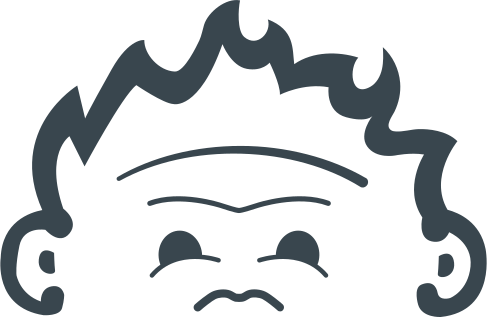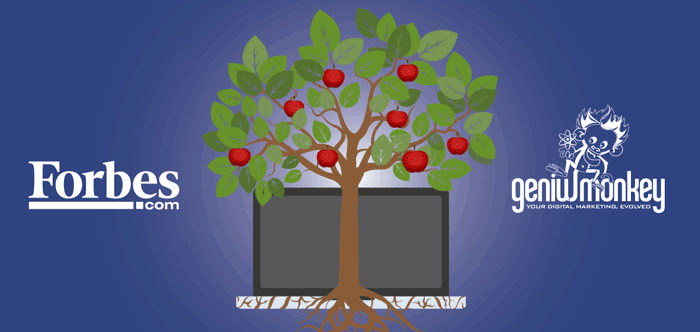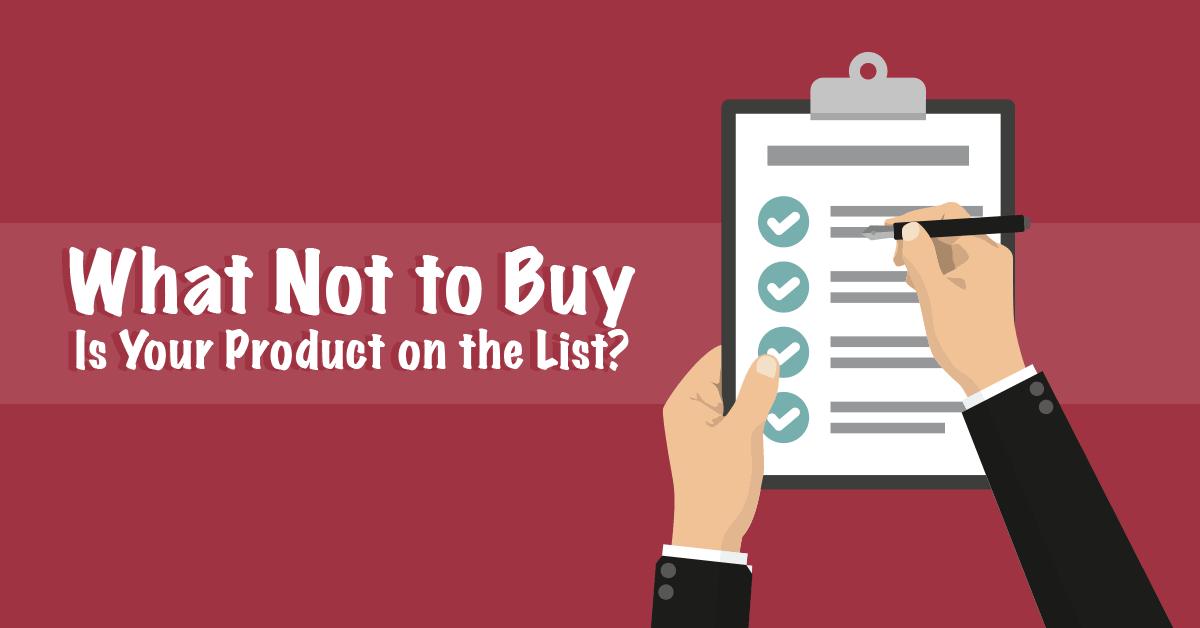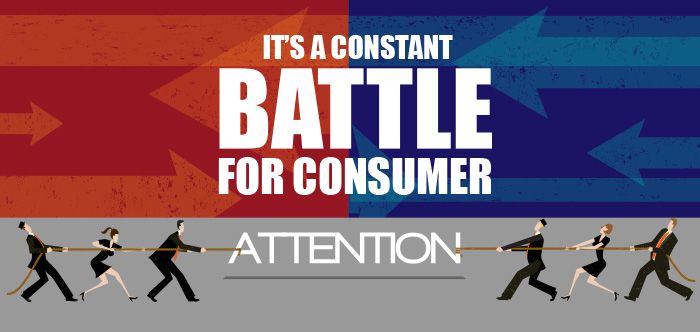
Over the last 20 years, the cost of buying just one minute of a consumer’s attention from a television ad in the United States has gone up by 700%. Conversely, the percentage of advertisements that are considered to be “fully viewed” with a high factor of attention has decreased from 97% in the early 1900s to less than 20% just a few years ago.

It’s no mystery that every brand marketer has one goal in mind, and that’s to catch the attention of consumers. With the recent explosion of video content over the last few years, as well as the ever-changing consumer behavior, the advertising industry should have adapted, but it has not done so yet … not completely, anyway. The attention paid to today’s ads isn’t equal across all screens and mediums, for which advertisers aren’t properly accounting.
There is little doubt in the minds of marketing experts that while the advertising industry is flourishing and ever-improving, it isn’t running at full capacity—yet. It’s like an 8-cylinder engine running on 6 cylinders.
The concept, known as the “Attention Economy,” is based on the truth that there is a limitation to consumer attention, and that the attention that is achieved always comes at a price. This “price” has skyrocketed over the last few years. There are more and more companies every day, which means that there are more brands and more products that need advertising.
The demand for attention is problematic because our human brains can only absorb so much data, yet the demand for awareness keeps on growing as the number of companies and products continue to increase. In other words, we can only spread our attention so far before it’s spread too thin.
When demand outweighs supply, and consumer behavior is rapidly changing, it tends to create a lot of waste. This, however, does NOT mean that ad effectiveness is down across the board. It’s just that in regards to traditional mass media, it doesn’t hold the consumers’ attention like it used to.
But, take heed—there is hope! Consumers really do still pay attention … under the right circumstances. It’s up to the marketers to learn how to efficiently capture that attention. There are three basic principles to follow in order to reclaim value in today’s attention economy.
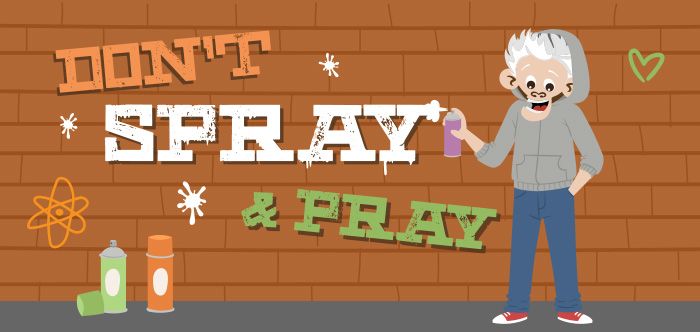
Spend wisely: Don’t waste money on the “spray and pray” mediaSpray and pray is an expression originally used for decrying traditional advertising on big media, such as television and magazines, for the purpose of branding. A marketer would blanket the airwaves with a specific message, hoping that a part of their target demographic would see it and take interest. Unless a company had a product that virtually everybody wanted, this method was a great waste of advertising dollars. It’s like throwing out a net to catch one particular kind of fish. While you’d catch a large number of fish, your net may not catch even one of the fish you’re aiming for.
Even with the high cost and wasteful concept of using this big media spray and pray method, there are marketers that still continue to waste money on traditional media rather than transferring their adspend to digital programmatic. With today’s advanced technology, we can pinpoint proper attribution and create ads that are specifically designed to catch the attention of the viewers.
Optimize the creative factors you can controlThere are several factors that determine how much attention somebody will pay to an ad. For instance, what are the thoughts of the person in the moment that they see it? What were they just doing? What kind of mood are they in? The context of the ad, the execution of the creativity itself, and the relevance to the particular individual are all pertinent factors.
While some of these factors cannot be controlled, the creative execution of your ad can be. There are a few creative principals that continuously drive increased attention (measured by the degree of focus and the amount of time spent with an ad).
One crucial factor that can be controlled is attribution. If your creative is tailored and you optimize based on live attribution, you will know what’s working and what’s not—without any doubt.
Another of these effective factors is human emotion. The goal is to take the consumer on a roller coaster ride, pulling the emotions up, then down, then up again, then back to neutral; all designed to keep emotions from flat-lining. This is great for effective story telling.
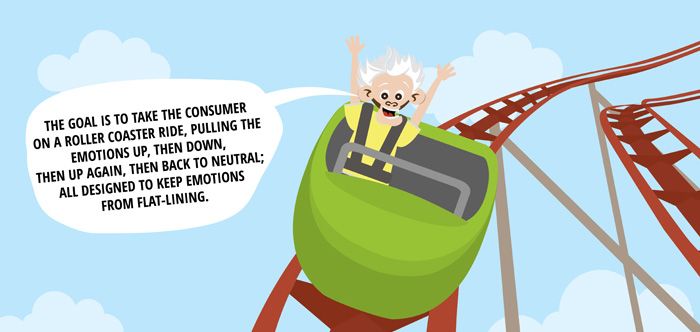
Another crucial factor is thetiming of the appearance of your logo. If the logo is presented too soon, or for too long of a period, the consumers will become bored and disengage. Research has proven that bringing your logo in and out of an ad (referred to as “pulsing”) offers the best chance of brand-logo retention.
Long-term customer attentionThe very first time you introduce your brand to a customer, it wouldn’t be prudent to ask for several minutes of their attention … all at one time. Loading up potential customers with information that they’ll never retain is like a college professor giving a final exam after a three-hour lecture, giving the students little to no time to absorb the information. Perhaps the results would be better if the professor started with an hour lecture and a mini-quiz afterwards. If that is a success, then offer a few more lectures with a test later on. Eventually, after several quizzes and tests, you can go for the big final exam.
This advertising principle is called the “ladder of engagement.” It entails incrementally building relationships with your brand—seeking small amounts of attention before attempting to gain large percentages of attention. There is also “sequential storytelling,” which is breaking long, involved stories into different parts, then remarketing to the viewers, allowing them to see the ad in sequence.

There is no need to fight blindly in the battle for attention. There are certain truths that brands can count on, notwithstanding the competition around every corner. When you consider the ultimate goal of each company, you will realize that while negotiating your way through the increasingly complex attention economy becomes much easier when you develop a game plan, spending your adspend on the right platforms and leveraging the tools and knowledge you have will be a big assist to win and retain the attention of the consumers.

